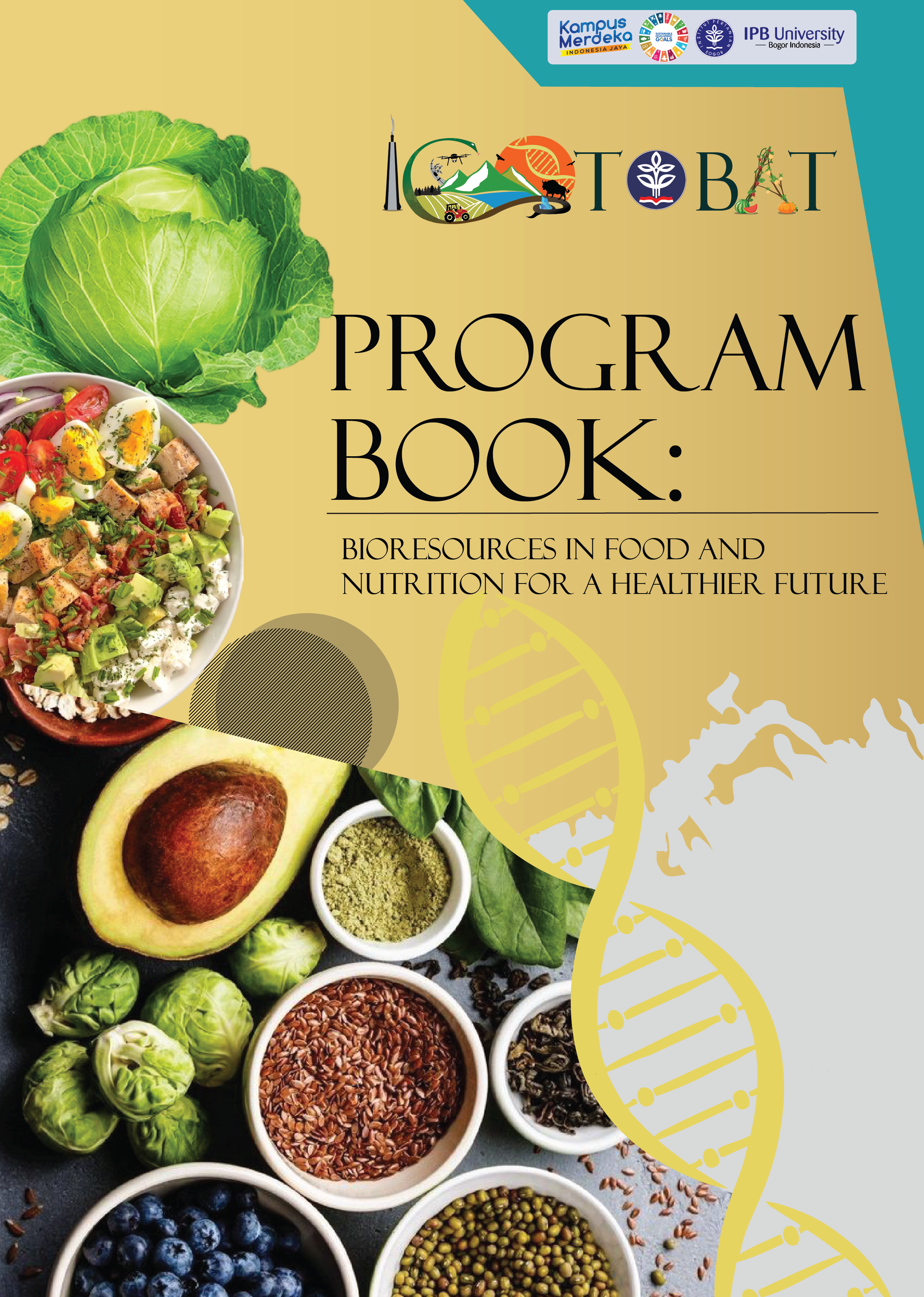Dietary Patterns and its Influence on Pre-Menstrual Syndrome (PMS) in the Society of Tanjung Bintang, South Lampung
Keywords:
Dietary pattern, NOVA, Pre Menstrual Syndrome, South LampungAbstract
PMS is a cluster of symptoms that appear several days before menstruation begins and typically improve a few days after menstruation starts. Common PMS symptoms include dizziness, abdominal pain, and heightened emotions. While many people view these symptoms as normal signs that menstruation is approaching, the causes of PMS are inherently complex, with unhealthy eating preference being one contributing factor. Therefore, this research aims to explore the correlation between dietary preference and the level of PMS. Dietary preference was categorized based on NOVA classification. To assess PMS symptoms, the Premenstrual Symptoms Screening Tool (PSST) questionnaire was used. This research employed an interview method, using a questionnaire that includes informed consent, personal data, PSST, and a dietary pattern questionnaire covering the past four weeks. Additionally, respondents' weight and height were measured to determine their Body Mass Index (BMI). The results indicated that higher consumption of ultra-processed foods (NOVA category 4) was associated with increased severity of PMS, particularly in physical symptoms and daily disturbances. However, dietary preference did not influence PMS symptoms of dysphoric disorder. This result enhance our understanding and help identify suitable dietary patterns to reduce PMS.






























